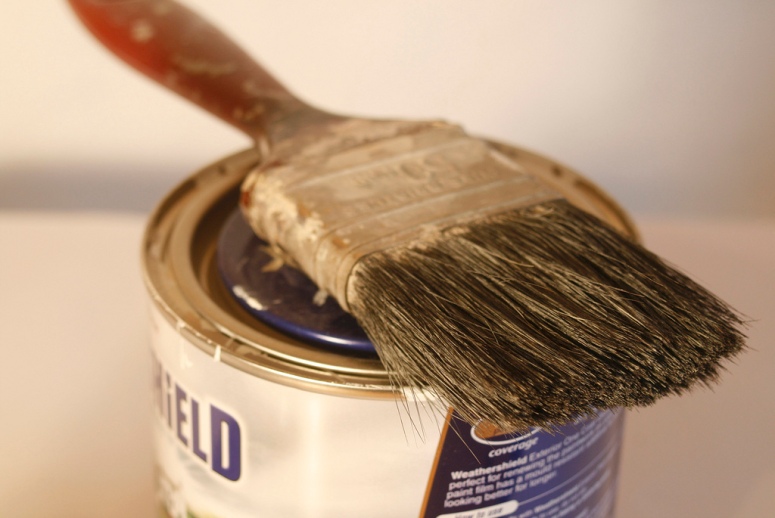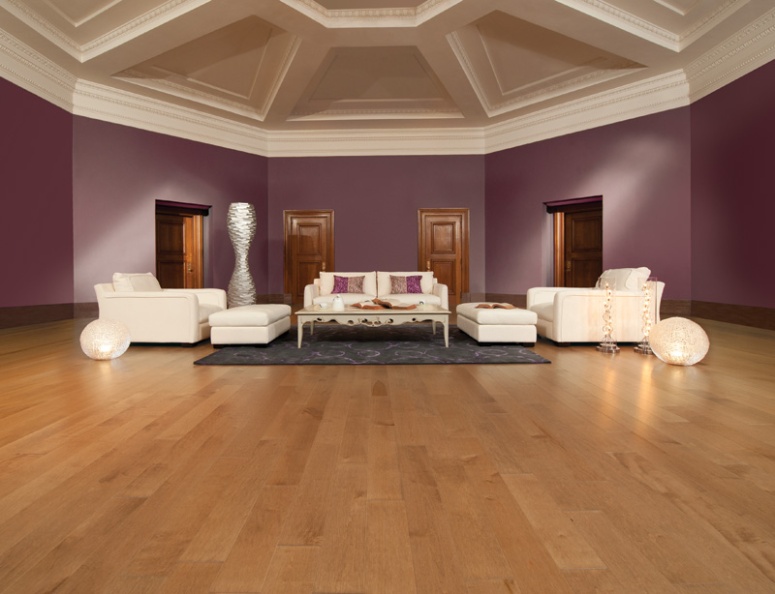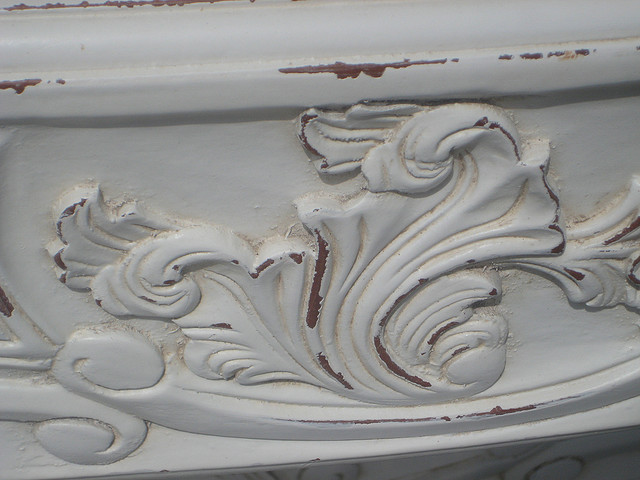However careful you are, accidents happen; but if you’re a nifty DIY enthusiast then much of this damage can be repaired. It’s always best to consult a professional carpet supplier when damage occurs but here are a few basic tips and tricks to help you if you decide to make the repairs yourself.
Snags
If you have a small snag in your carpet the quickest and easiest way to fix it will be to simply cut it off. Don’t pull any snagged fibres but cut them cleanly with scissors, as low down as possible. Try not to do this on large snags as it may leave bald patches.
Once you’ve cut the snagged loop down to size, take a glue gun and very carefully glue the loose end to the base of the carpet snag. This will ensure the carpet does not unravel.
Patching
If an area of the carpet is damaged then you may need to replace an entire section. Cut out the damaged section and replace with an exact matching piece from a replacement carpet. Glue in the new patch with a glue gun and weight down with a heavy object. Wait until dry and ruffle the pile so the new patch blends with the surrounding areas.
This is only advised in areas which are hidden as the join will be less noticeable.
Tears
Mend any tears with a latex seam adhesive and tuck the torn section back into the rest of the carpet.
Weaving
Follow the carpet loop to where it is woven into the base and identify where it goes next. Put a small implement in the loop of snagged carpet as this will prevent pulling the loop too tight and then pull the connecting loop so the snag is pulled down. Repeat this on surrounding loops to even up the pile and use a glue gun to fix the back of each hole.
Tufts
Cut down any damaged pile using scissors and remove the pile stubs with tweezers. Apply a latex cement on the backing and replace the tufts with a tuft setter before hammering into place. For the most attractive repairs, poke a strand into the backing and make additional loops.
A tuft setter can be purchased from most carpet suppliers.
Looking After Your Carpet
If you have spent the time and money to mend your carpet then you would hope the carpet is to last. Here are a few handy tips to extend the lifetime of your newly repaired carpet:
• When you have your flooring fitted by your local carpet supplier make sure to save a few good sized scraps. These can be saved for any future repairs and will guarantee you a great colour match.
• Don’t remove stretched carpet from a track strip as this will cause it to buckle and require re-stretching.
• If you have a long pile loop carpet try to keep pets off of it. Pets’ nails will snag the loops and cause it to look fuzzy.
• Don’t slide furniture across the flooring. Ask for help and lift the furniture instead.
• If you are going to make a repair do it straight away; leaving it will often make it worse.
• Before using any cleaning fluid on your carpet test it on those scraps you kept. Some textured carpets may react differently to how you expected.
• If you use a solvent based cleaner make sure it doesn’t soak through to the backing as this can cause it to separate.


